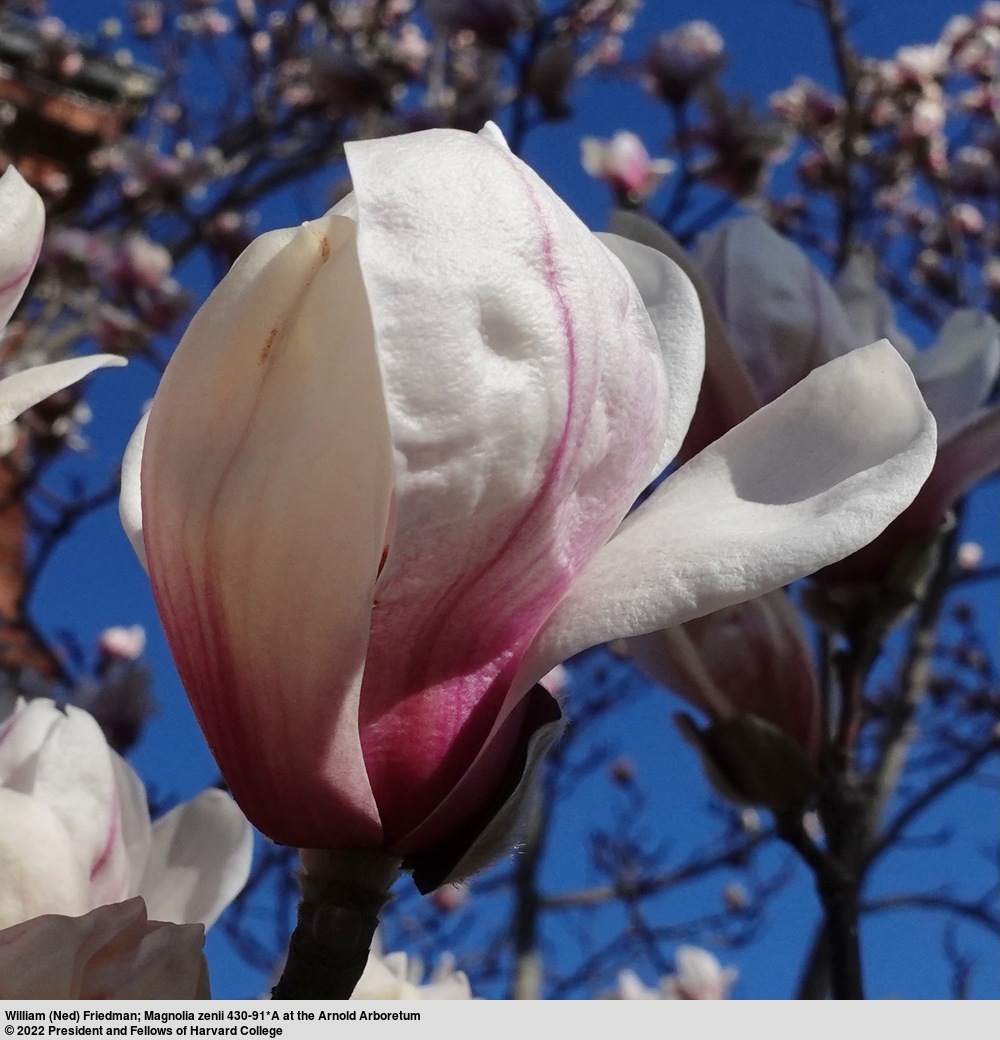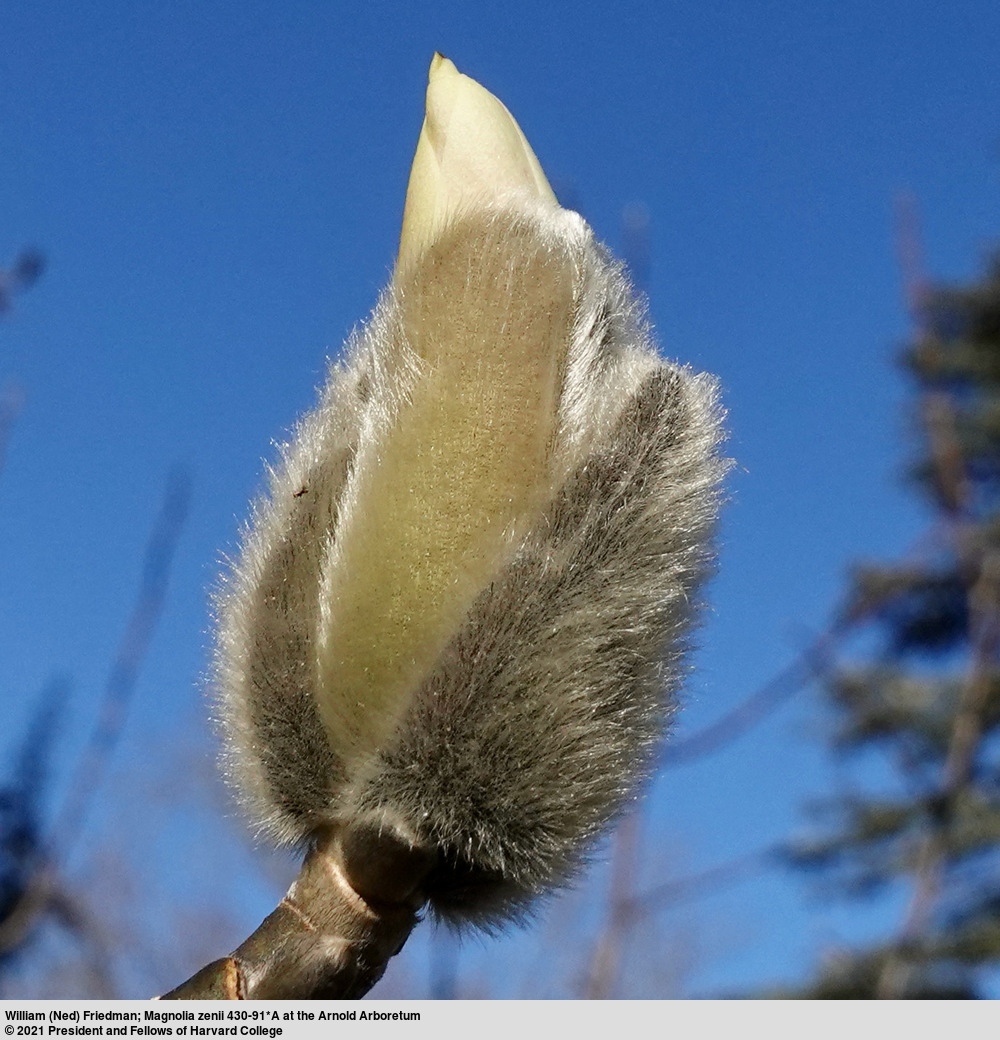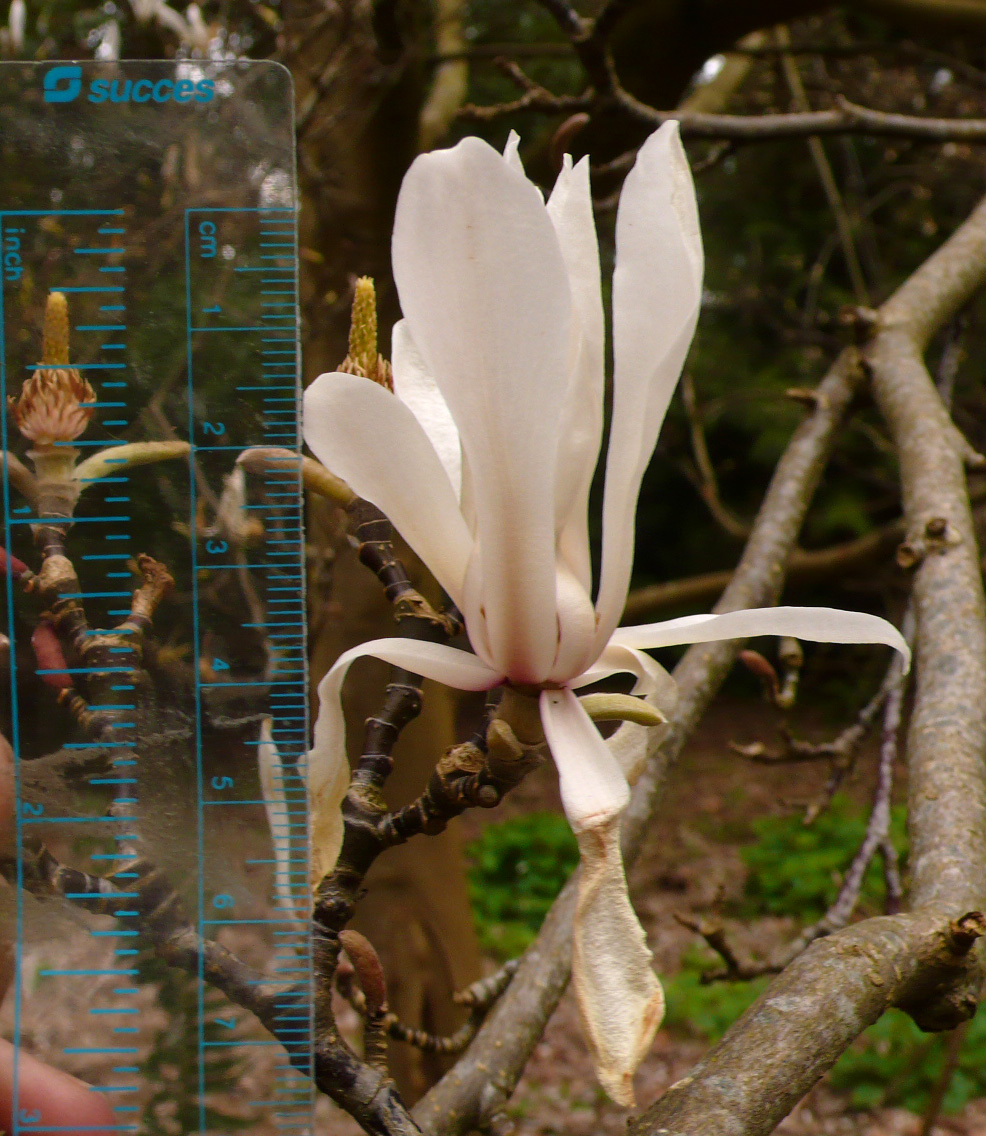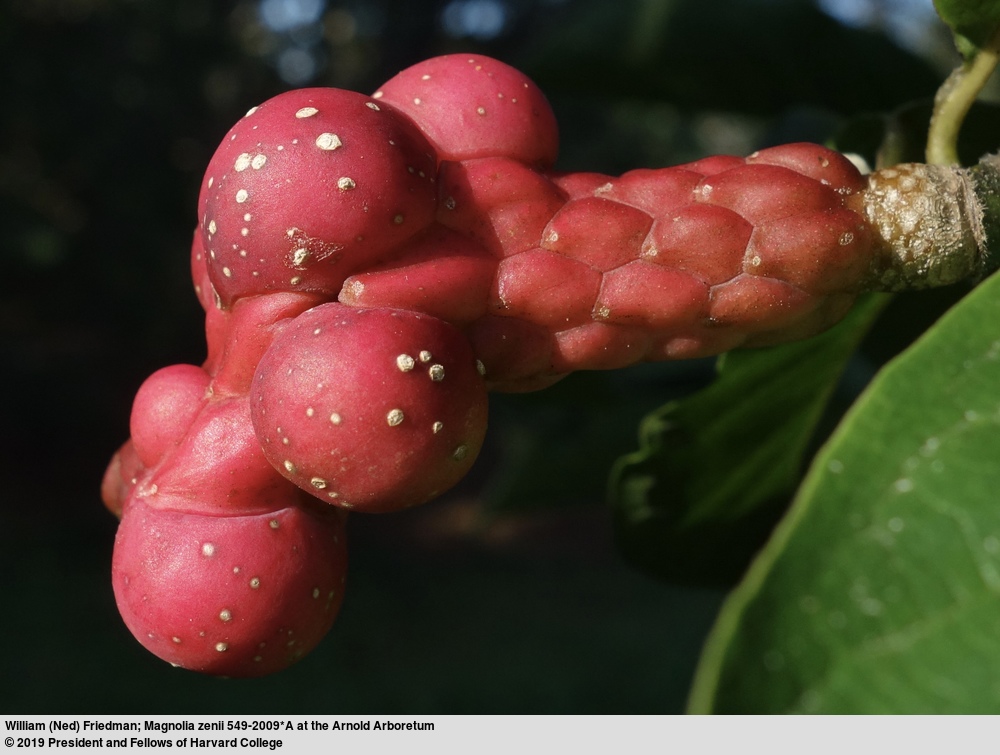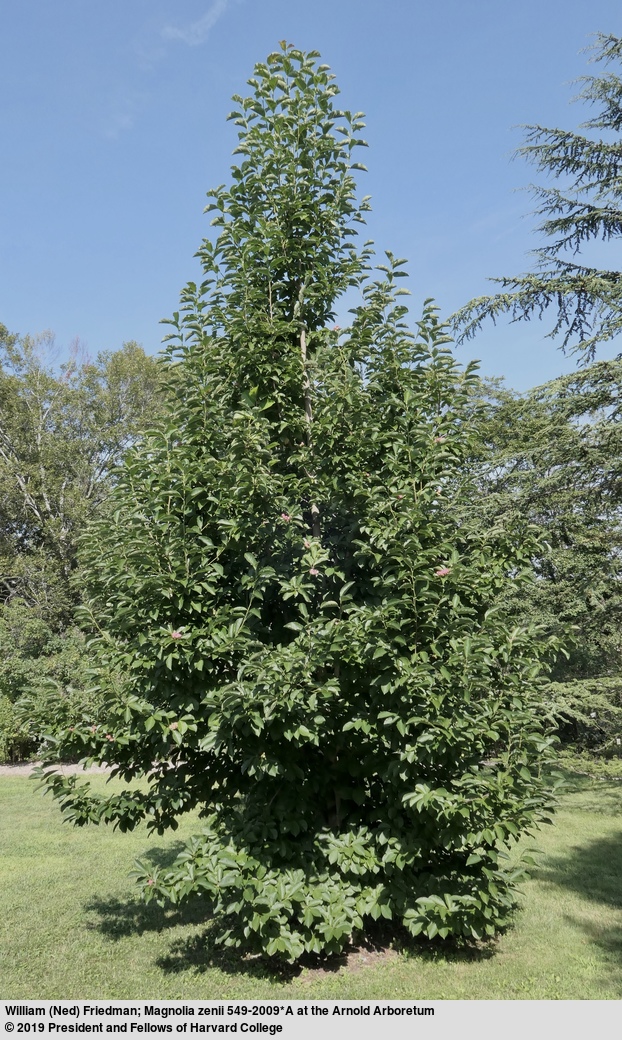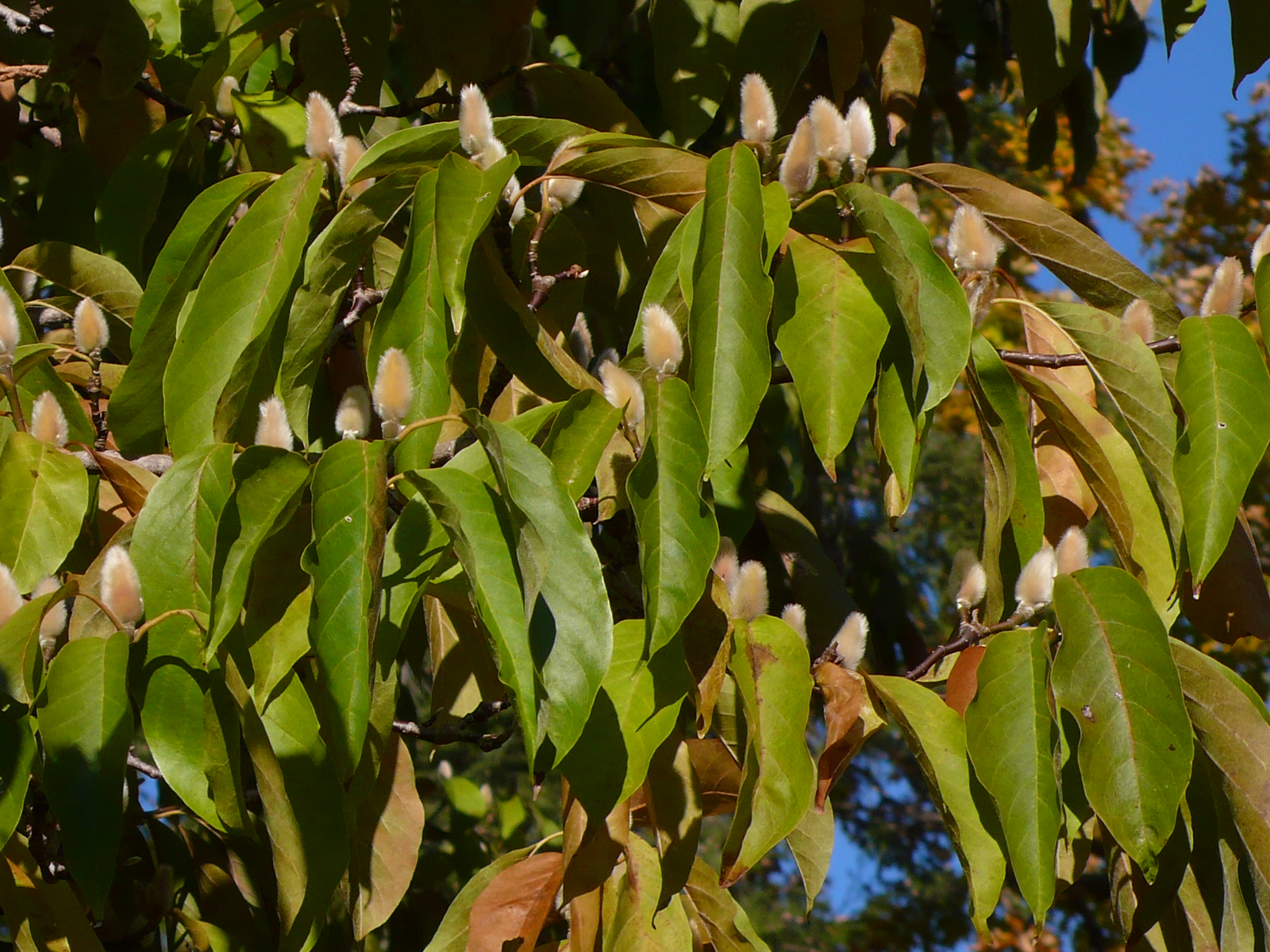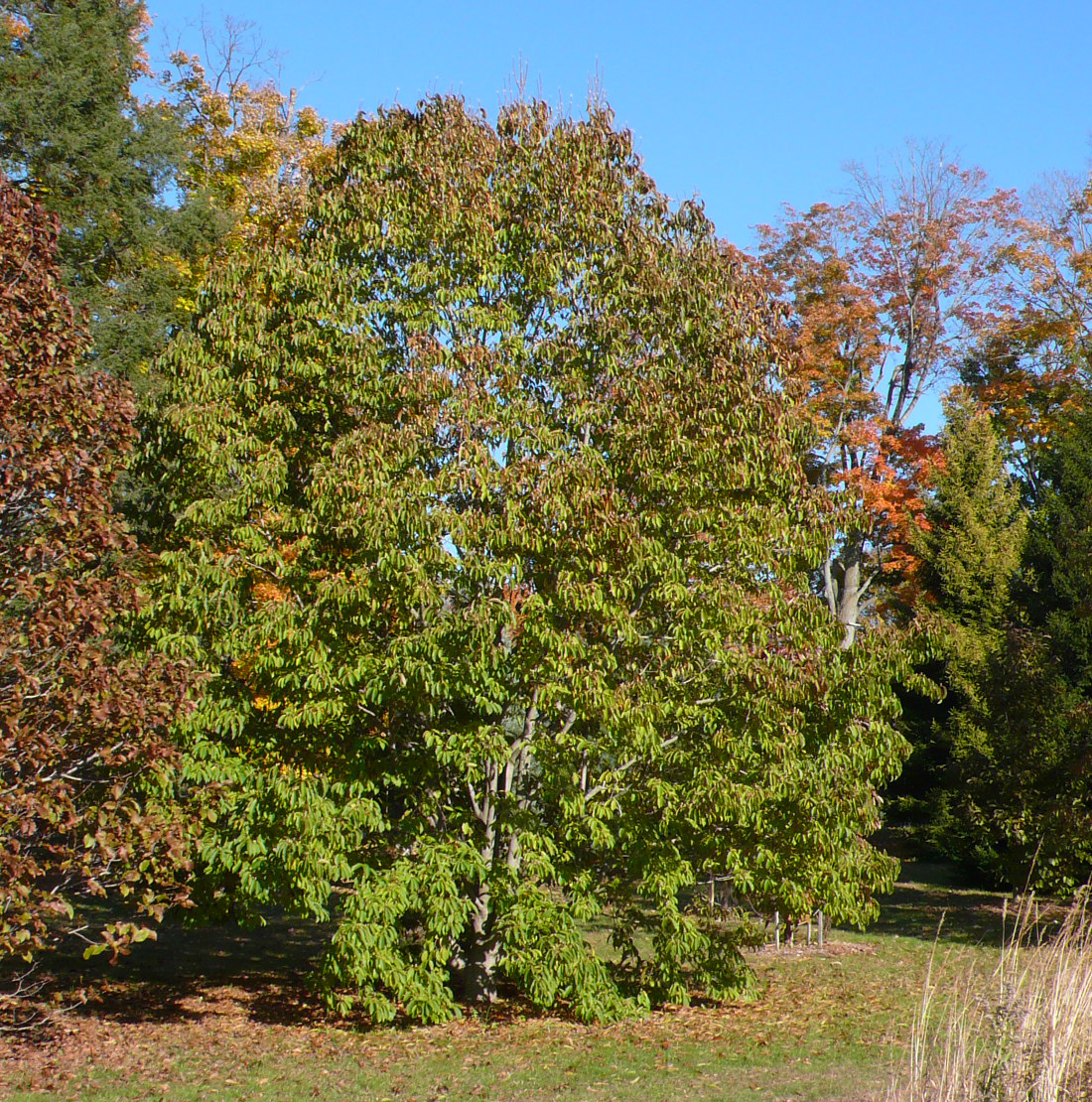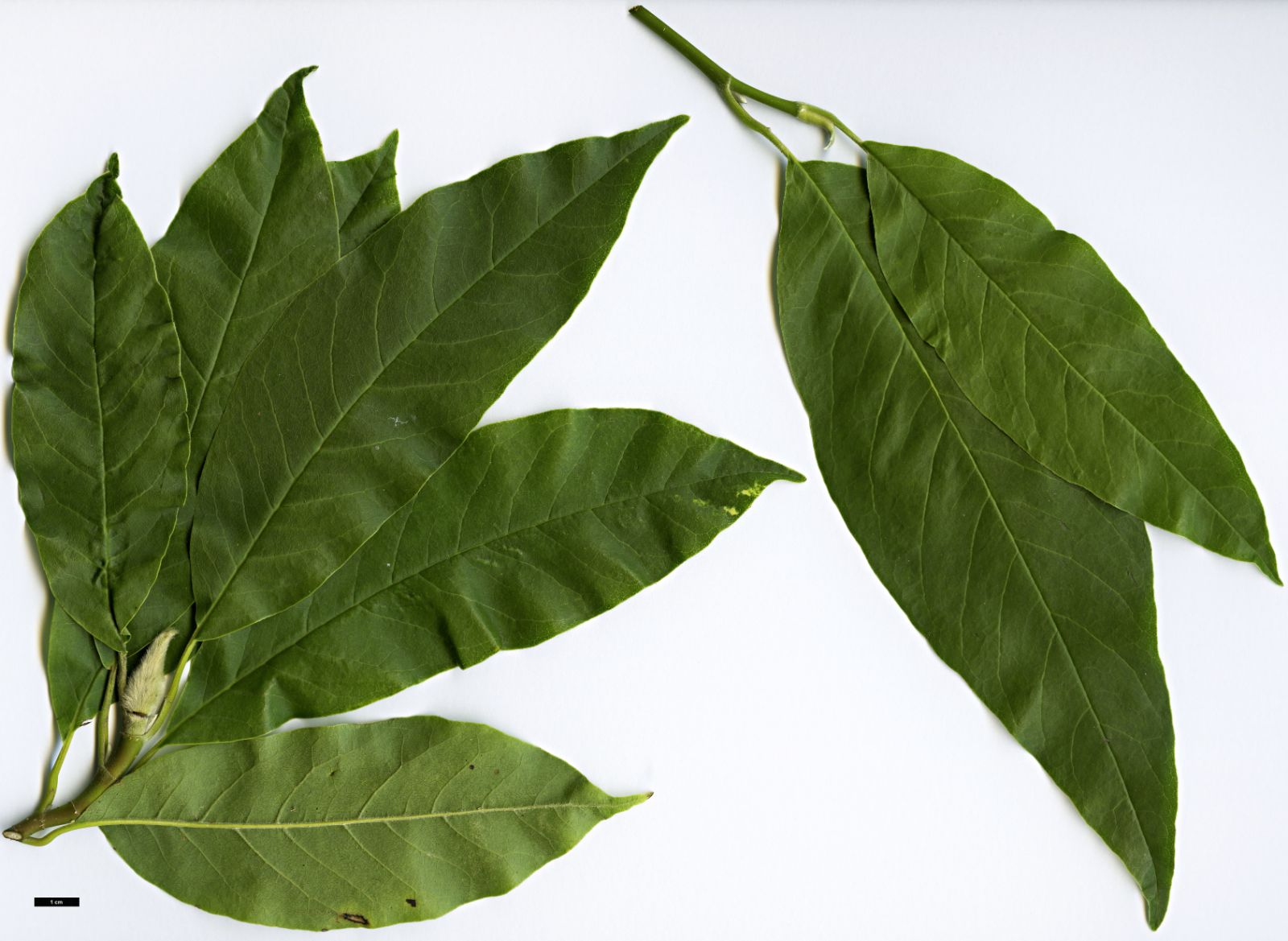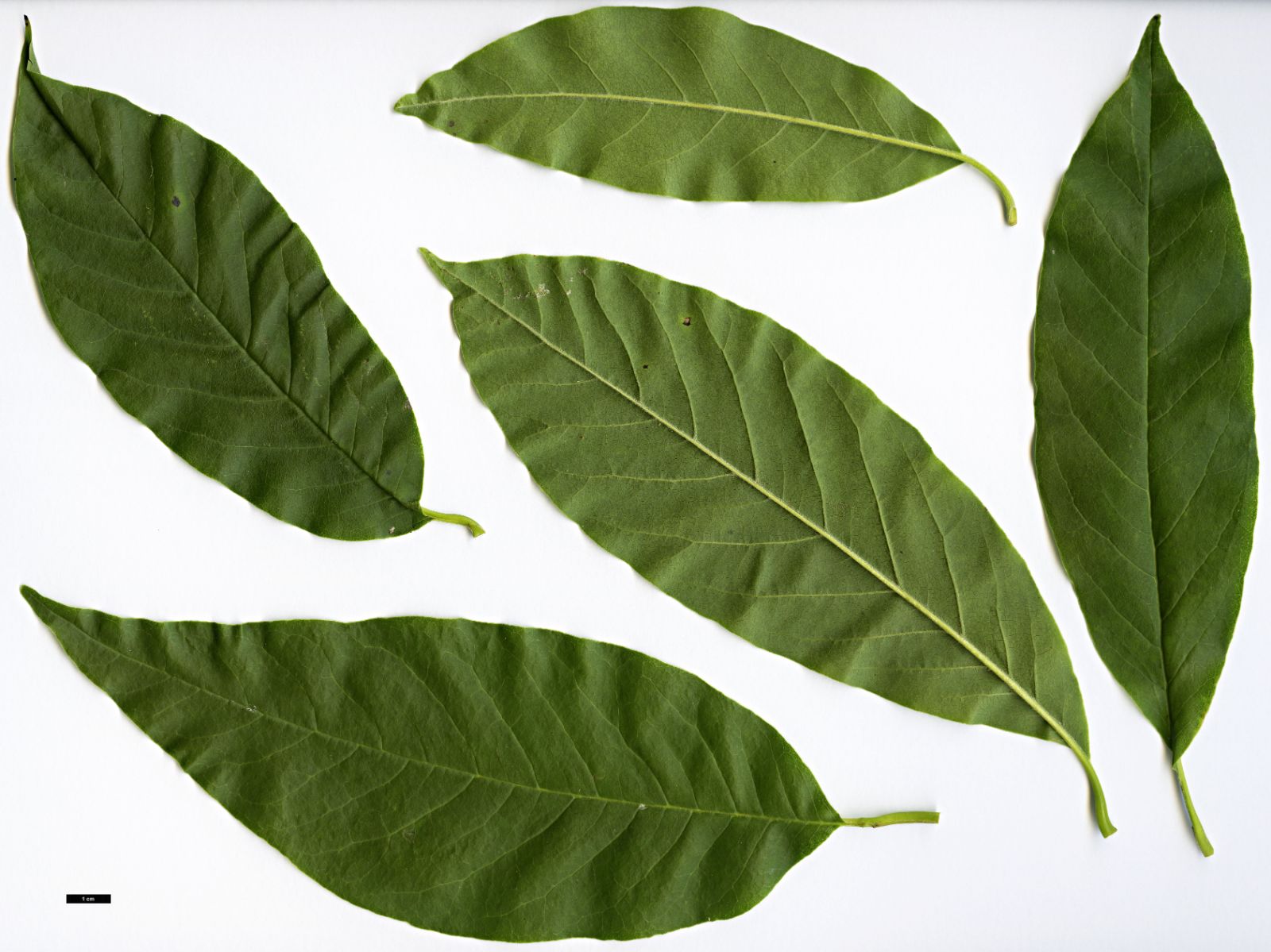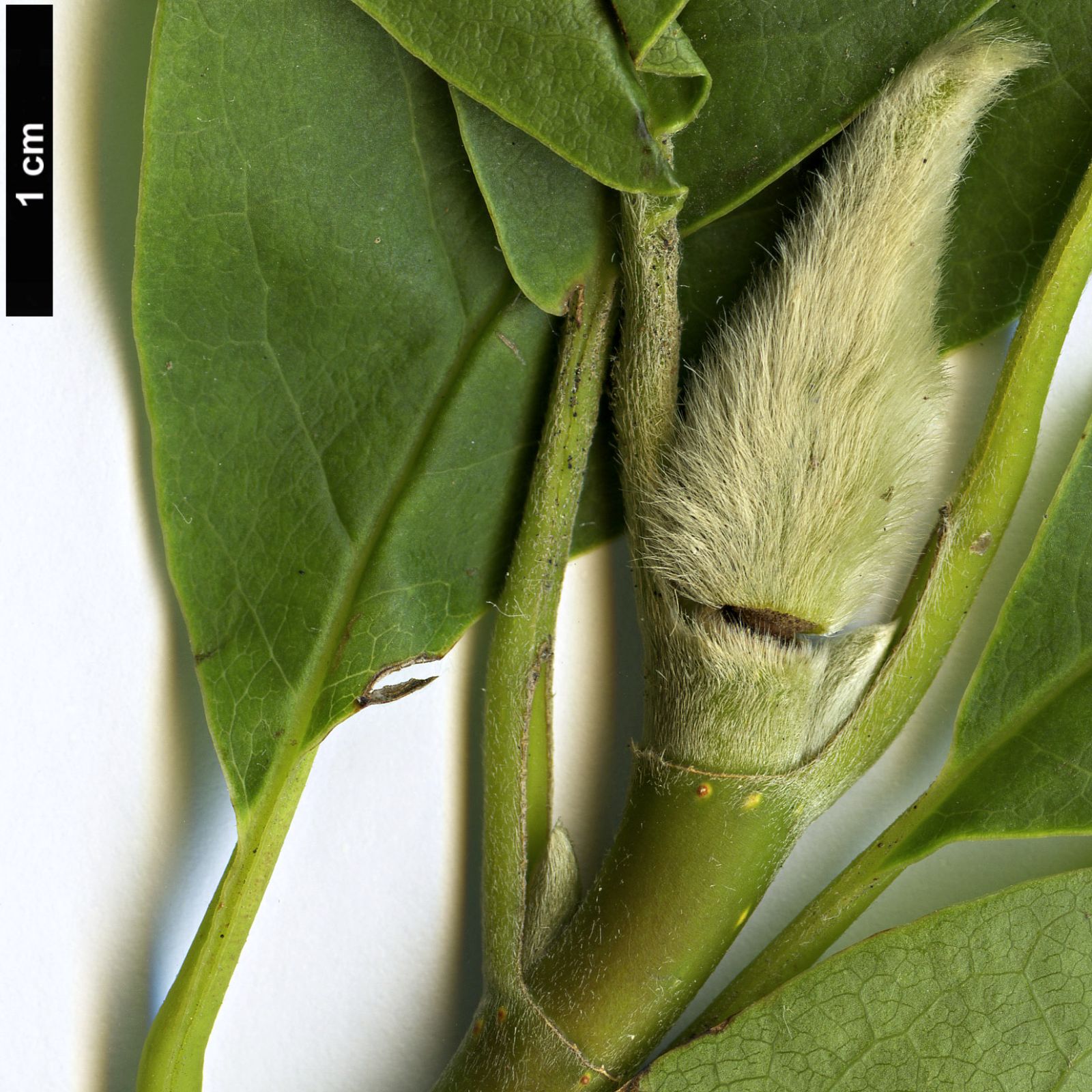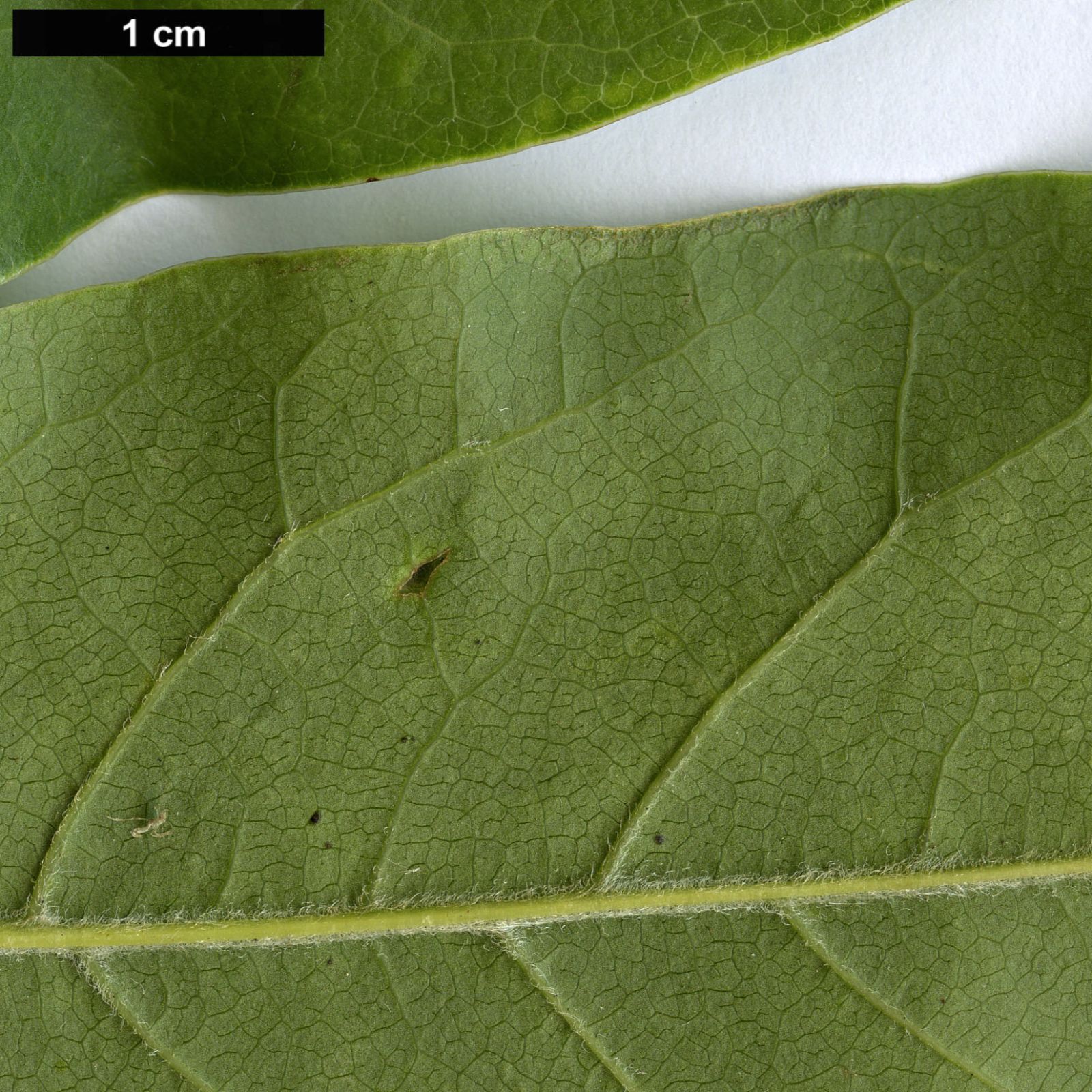Magnolia zenii
Sponsor
Kindly sponsored by
The Roy Overland Charitable Trust

Credits
Julian Sutton (2022)
Recommended citation
Sutton, J. (2022), 'Magnolia zenii' from the website Trees and Shrubs Online (treesandshrubsonline.
Genus
- Magnolia
- Section Yulania
Common Names
- Zen Magnolia
- bao hua yu lan
Other taxa in genus
- Magnolia acuminata
- Magnolia × alba
- Magnolia amabilis
- Magnolia amoena
- Magnolia aromatica
- Magnolia biondii
- Magnolia × brooklynensis
- Magnolia campbellii
- Magnolia cathcartii
- Magnolia cavaleriei
- Magnolia caveana
- Magnolia champaca
- Magnolia changhungtana
- Magnolia chapensis
- Magnolia compressa
- Magnolia conifera
- Magnolia Cultivars A
- Magnolia Cultivars B
- Magnolia Cultivars C
- Magnolia Cultivars D
- Magnolia Cultivars E
- Magnolia Cultivars F
- Magnolia Cultivars G
- Magnolia Cultivars H–I
- Magnolia Cultivars J
- Magnolia Cultivars K
- Magnolia Cultivars L
- Magnolia Cultivars M
- Magnolia Cultivars N–O
- Magnolia Cultivars P
- Magnolia Cultivars Q–R
- Magnolia Cultivars S
- Magnolia Cultivars T
- Magnolia Cultivars U–V
- Magnolia Cultivars W–Z
- Magnolia cylindrica
- Magnolia dandyi
- Magnolia dawsoniana
- Magnolia de Vos and Kosar hybrids
- Magnolia decidua
- Magnolia delavayi
- Magnolia denudata
- Magnolia doltsopa
- Magnolia duclouxii
- Magnolia ernestii
- Magnolia figo
- Magnolia floribunda
- Magnolia × foggii
- Magnolia fordiana
- Magnolia foveolata
- Magnolia fraseri
- Magnolia fulva
- Magnolia globosa
- Magnolia × gotoburgensis
- Magnolia grandiflora
- Magnolia grandis
- Magnolia Gresham hybrids
- Magnolia guangdongensis
- Magnolia hookeri
- Magnolia insignis
- Magnolia Jury hybrids
- Magnolia × kewensis
- Magnolia kobus
- Magnolia kwangtungensis
- Magnolia laevifolia
- Magnolia lanuginosa
- Magnolia leveilleana
- Magnolia liliiflora
- Magnolia × loebneri
- Magnolia lotungensis
- Magnolia macclurei
- Magnolia macrophylla
- Magnolia martini
- Magnolia maudiae
- Magnolia nitida
- Magnolia obovata
- Magnolia officinalis
- Magnolia opipara
- Magnolia × proctoriana
- Magnolia × pruhoniciana
- Magnolia rostrata
- Magnolia salicifolia
- Magnolia sapaensis
- Magnolia sargentiana
- Magnolia sieboldii
- Magnolia sinensis
- Magnolia sinica
- Magnolia sinostellata
- Magnolia × soulangeana
- Magnolia sprengeri
- Magnolia stellata
- Magnolia tamaulipana
- Magnolia × thomsoniana
- Magnolia tripetala
- Magnolia × veitchii
- Magnolia virginiana
- Magnolia × wieseneri
- Magnolia wilsonii
- Magnolia xinganensis
- Magnolia yunnanensis
- Magnolia yuyuanensis
Tree to 11 m, 0.3 m dbh. Bark smooth and pale grey. Older branchlets purplish brown and glabrous with sparse lenticels, younger ones green. Leaves deciduous, papery, 7–16 × 3–7 cm, obovate to oblong, upper surface dull green and glabrous, lower surface pale green with long curly hairs along the midrib and veins, 8–10 secondary veins on each side of the midrib, margins entire, apex short-acuminate; petiole 0.6–1.8 cm long, pubescent at first; stipules pubescent, adnate to the base of the petiole, stipular scar ⅕–½ as long as petiole. Flowers terminal, opening before the leaves, white with a purple-pink streak on most, strongly scented; peduncle densely hairy. Tepals 9, spathulate, 7–8 × 3–4 cm, equal in length; stamens purple; gynoecium sessile with numerous carpels. Fruits 5–7 cm long and cylindrical; ripe carpels pinkish red, subglobose and tuberculate. Flowering March to April (February to March in cultivation), fruiting August to September (China). (Xia, Liu & Nooteboom 2008; Chen & Nooteboom 1993; Liu et al. 2004)
Distribution China Jiangsu
Habitat Forests, 250–300 m.
USDA Hardiness Zone 5-9
RHS Hardiness Rating H5
Conservation status Critically endangered (CR)
Magnolia zenii is a rare tree, in cultivation and especially in the wild: reduced to a single natural population of 18 individuals on Mt. Baohua, no natural regeneration has been observed (IUCN 2021). A classic pink and white flowered member of Section Yulania, opening on bare twigs in late winter or early spring, opinions differ as to its garden merit. Some feel that it has rather small flowers that are apt to be damaged by frost. Others view this early flowering species as very attractive, as evidenced by veteran dendrologist Michael Dirr’s quote ‘Oh, look, look, Magnolia Z … oh wow, we gotta walk up to Magnolia zenii, oh wow, wow, wow! Magnolia zenii is out. Oh, all is right with the world, one of the first magnolias’ (fide Mosquin 2007).
Along with M. amoena and M. biondii, this is one of a group of smaller-flowered, early-blooming yulanias poorly known and confused in Western cultivation. They are probably closely related to one another, and to M. sinostellata (Wang et al. 2020). Following Flora of China (Xia, Liu & Nooteboom 2008) M. zenii should be distinguishable from M. biondii by its 9 petaloid tepals (versus 6 petaloid and 3 sepaloid); and from M. biondii by having 8–10 pairs of secondary veins each side of the leaf midvein (versus 10–13) and its longer tepals, 7–8 cm long (versus 5–6.5 cm). Hybrids certainly the confuse the matter, however.
Plants labelled M. zenii have been in cultivation in the United States since the Sino-American Botanical Expedition of 1980, when a few seeds were donated to Stephen Spongberg (Arnold Arboretum) and Ted Dudley (US National Arboretum) by Prof. He of the Jiangsu Institute of Botany (Gardiner 2000); vegetatively propagated plants have been distributed by the Arnold and it is now quite widespread in collections on both sides of the Atlantic, sometimes offered in the nursery trade.
The Arnold Arboretum was the first to flower the tree, in 1988, since when it has consistently been the earliest flowering Magnolia there (Spongberg 1998). Wider experience confirms it as one of the first to appear (alongside M. biondii), benefiting from a long winter to prevent buds opening too soon, when frost can damage them, especially in eastern North America (A. Aiello, pers. comm. 2006). This is also true in Belgium (P. de Spoelberch, pers. comm. 2007). Peter Wharton (pers. comm. 2007) enthused over the effect in late winter of the very furry buds, covered as they are in long silky, silvery hairs, borne in large numbers on the trees. He also highlighted the intense fragrance of the flowers.
Upright growth seems to be typical of the species, and taller trees than those recorded in the wild are already known in gardens. A specimen in Vancouver, from the Arnold Arboretum distribution had reached 16 m by 2007 (P. Wharton, pers. comm. 2007). 9 m specimens are recorded in England, in the very different climates of Tregrehan, Cornwall (2014) and in 2021 at the Valley Gardens, Windsor Great Park (The Tree Register 2021).
Magnolia zenii hybridises freely with other members of Section Yulania – those with an outer whorl of small sepaloid tepals are relatively easy to spot – and any seed-propagated stock should be checked carefully. One such seedling from the Arnold Arboretum has been named ‘Pink Parchment’ by Michael Dirr: it is sometimes offered as a form of M. zenii, but is a hybrid (see Magnolia Cultivars P).

